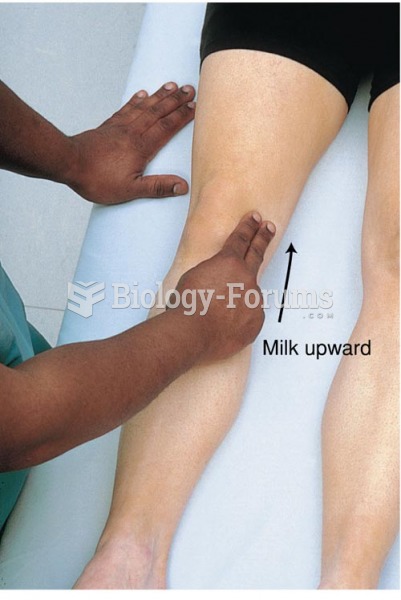This topic contains a solution. Click here to go to the answer
|
|
|
Did you know?
Aspirin is the most widely used drug in the world. It has even been recognized as such by the Guinness Book of World Records.
Did you know?
For high blood pressure (hypertension), a new class of drug, called a vasopeptidase blocker (inhibitor), has been developed. It decreases blood pressure by simultaneously dilating the peripheral arteries and increasing the body's loss of salt.
Did you know?
People about to have surgery must tell their health care providers about all supplements they take.
Did you know?
If all the neurons in the human body were lined up, they would stretch more than 600 miles.
Did you know?
People with high total cholesterol have about two times the risk for heart disease as people with ideal levels.







